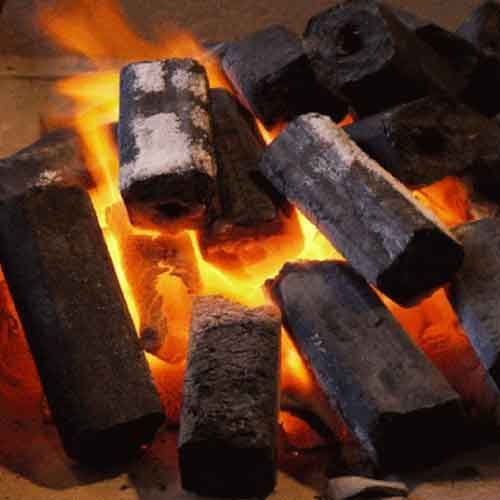
The choice between traditional charcoal briquettes and those made from bamboo introduces an intriguing dynamic into the realm of grilling and cooking fuel options. Each comes with its unique set of characteristics, environmental considerations, and performance attributes, influencing the decision-making process for consumers who are conscious of both their cooking experience and the impact on the planet.
Charcoal briquettes, typically made from a combination of wood char, coal, mineral carbon, and a binding agent, have been a staple for grilling enthusiasts for decades. These briquettes are known for their uniform size and shape, ease of ignition, and consistent burn. The binding agent often contains additives, and the use of coal in the production process raises concerns about environmental sustainability and carbon emissions.
On the other hand, bamboo charcoal briquettes offer an alternative that appeals to those seeking a more eco-friendly option. Bamboo, a fast-growing and renewable resource, has gained popularity for its potential as a sustainable raw material. The production of bamboo charcoal briquettes involves the carbonization of bamboo, a process that turns the plant material into a form of charcoal suitable for grilling. Bamboo charcoal is celebrated for its high calorific value, low ash content, and the absence of additives compared to traditional briquettes.
One significant advantage of bamboo charcoal briquettes lies in the sustainability of bamboo as a resource. Bamboo is known for its rapid growth, making it a highly renewable and eco-friendly option for charcoal production. Unlike traditional hardwoods, which can take decades to mature, bamboo reaches maturity in just a few years, reducing the environmental impact associated with deforestation for charcoal production.
Environmental considerations extend beyond the sourcing of raw materials to the performance of the charcoal during use. Bamboo charcoal briquettes are often praised for their clean and efficient burn. They tend to produce less ash compared to traditional briquettes, contributing to a more straightforward cleaning process after grilling. The absence of additives in bamboo charcoal can also result in a more natural and subtle flavor profile, allowing the taste of the food to shine.
While bamboo charcoal briquettes offer a promising eco-friendly alternative, it’s essential to consider the availability and cost in certain regions. Bamboo may not be as prevalent in some areas, impacting the feasibility of large-scale bamboo charcoal production. Additionally, the transportation of bamboo charcoal to markets worldwide may have its own carbon footprint, depending on the distance traveled.
In the end, the choice between traditional charcoal briquettes and bamboo charcoal briquettes often boils down to personal values, environmental considerations, and the desired grilling experience. Traditional briquettes are widely available, consistent in performance, and familiar to many grillers. On the other hand, bamboo charcoal briquettes appeal to those seeking a more sustainable option, with the added benefit of a clean burn and reduced environmental impact.
In conclusion, the debate between charcoal briquettes and bamboo charcoal reflects a broader trend in consumer choices, emphasizing sustainability and environmental consciousness. As individuals become more mindful of the impact of their consumption habits, alternatives like bamboo charcoal briquettes provide a greener option for those who love to grill without compromising on performance or flavor. Ultimately, the decision rests on finding the right balance between personal preferences, environmental values, and the practicalities of charcoal availability in a given location.